How to Write Compelling Supply Chain Management Job Descriptions

The interaction between a job candidate and an employer starts at the job description, so it makes sense to start with it. So, today, we’ll take a look at how to write compelling supply chain management job descriptions that will put your company above your competitors in the eyes of supply chain management specialists and help you hire a true professional.
How to Create Compelling Job Descriptions to Hire Supply Chain Management Pros
Over the past few years, you might have heard about the shortage of supply chain professionals. There are two main reasons why the talent gap in supply chain management (SCM) happened and why it is still an ongoing problem:
- The industry is rapidly growing. As a result, the need for qualified workers grows faster than people can get the proper training to work in this field.
- Supply chain managers need to have various qualifications. For instance, professionals who work in procurement also need to be good at trade, understand taxes and the work of customs, and also have profound knowledge of corporate social responsibility to do their job well.
Apart from these issues, many supply chain managers simply lost interest in working in this field. According to the report by DHL, only 25% of professionals said their companies viewed the supply chain as equally important as other business operations. At the same time, 40% of respondents acknowledged that their companies viewed the importance of the supply chain as situational.
As a result, the talent gap has grown into a crisis, and companies nowadays have a hard time finding a truly experienced supply chain management professional. And those few pros who remained in this field are usually quite demanding in terms of employment. This leads us to the following question: how can you attract such SCM professionals?
Start with the Structure of the Job Description
Of course, it is your choice whether to break down your SCM job description into meaningful parts or post it as a single block of text. However, both variants will be perceived differently by the job candidates. The first job description has good readability as it’s divided into meaningful parts, making it easier for the candidate to navigate essential job details. In its turn, the second job description can look a bit awkward as all job information is mixed together.
So, if you want to make a good first impression and catch the eyes of the right job candidates, let’s take a look at how to structure your job descriptions properly.
- Company information. Briefly introduce your company and your product. Also, make sure you mention your corporate culture or make an accent on your diversity policy to make sure you attract specific job candidates and their values align with yours.
- Job brief. This part of the job description is similar to a dissertation discussion section in that you give a summary of the job position and mention the most crucial requirements. However, this section shouldn’t be long; a couple of sentences will be enough to give a general idea.
- Duties and responsibilities. When looking for a job, candidates always investigate the section with job responsibilities to see if they are a good fit for this position. So, make sure you list all the duties your supply chain management position involves.
- Requirements. This section should contain as many details as possible, especially if you’re looking for supply chain management pros with specific experience and skills. For instance, if your supply chain management position also requires competency in data science, this should be in the job description. You can list general educational, job, and skill requirements, or you can go into detail and break down this section into smaller ones for better navigation.
Structuring a supply chain management job description is important because they often contain specific information about the position and the company, which potential candidates are very interested in. So, if you want to attract more qualified candidates, start by properly organizing your job description.
Use Relevant Keywords in the Job Description
To increase the chances that more qualified candidates will come across your job description and to generally improve its visibility, you need to optimize it for keywords. You can start by drafting a list of general keywords describing the position of a supply chain manager. Apart from the name of the job position, these keywords can include:
- procurement
- production flow
- inventory management
- managing vendors
- managing shipments
- filing documentation
However, if you have more specific requirements in mind, you need to add keywords for them too. For instance, if you are looking for a supply chain manager, who will also be a team leader, you need to add keywords for specific skills you are looking (i.e. teamwork and delegation skills, communication skills, etc.).
If you’re looking for a specific experience, the keywords used in writing job descriptions also needs to reflect it. For example, you can mention that you’re looking for someone with a 5-year experience in demand management and forecasting apart from the general job requirements. Inserting more specific keywords in your supply chain manager job description will help you make it more focused on specific candidates and make the recruitment process more targeted.
Accent on The Benefit
As we mentioned earlier, the supply chain management job market is quite competitive right now, but it’s companies who are competing for qualified job candidates instead. So, if you want to get ahead of your competitors and catch the eye of supply chain management pros, make sure your job description also include benefits that a candidate will get once they become your employee.
Include information on how you improve employee experience and which perks your staff usually gets to make your image as an employer more attractive to potential job candidates. The list of benefits shouldn’t be long, 3-4 essential points are enough to make a good impression. Apart from corporate benefits, this section can also include information on the tools that the job candidate will have access to when they get the job. As you remember, many supply chain managers say that companies don’t consider this job important enough for their success. Even though these details are optional, they will show that you are ready to invest in this job position and you see it as an important one for your business.
If you want to make this section more specific, try researching forums or employer profiles on Glassdoor, where former employees usually share their likes and dislikes about working for a particular company. This way, you’ll get a better idea of what supply chain management pros expect from a job in terms of benefits and remuneration.
End with an Informative CTA
Lastly, it is important to finish your job description with a proper call to action (CTA). This CTA should contain the following details:
- name and position of the person job candidates can contact
- contact details
- deadline for job applications
This is also a time to add any other links to your company’s profiles if the candidates want to learn more about you and what you do. If you want the candidates to drop their applications by themselves, it would also be thoughtful to add a map to give them an idea in which your office is located–This way, you will create a complete job description that also provides a step-by-step employment guide for all job candidates.
Write Compelling Supply Chain Management Job Descriptions
There’s no point in denying that there is a serious shortage in supply chain management professionals, and companies have a hard time finding truly qualified candidates. To increase your chances of finding the right person for your company, start by writing a compelling job description. Break it down into meaningful parts for better navigation, include job-specific keywords for better targeting, add benefits to make your job offer more attractive, and finish with an informative call-to-action. Hopefully, our small guide will help you write good job descriptions that attract only the most qualified candidates from the supply chain management field and turn your supply chain into a value chain.
Author bio: Estelle Liotard is a business communication specialist and a freelance writer with years of experience. She’s passionate about topics such as professional advancement, career opportunities, and business strategies. She currently works as an editor at an academic writing service Get Good Grade and also reviews best academic and tutoring services online.

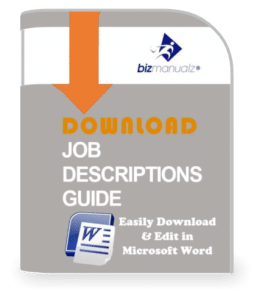
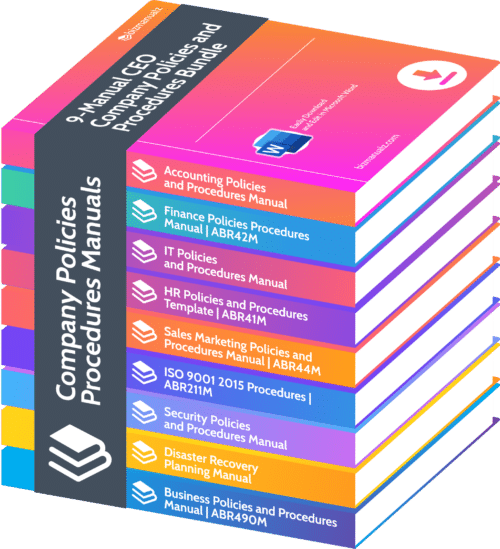
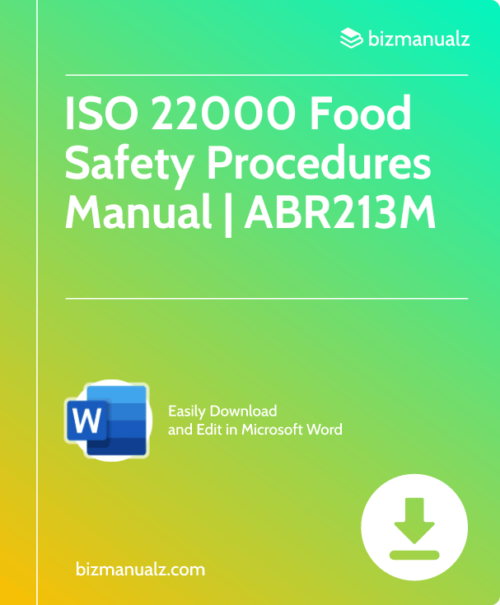
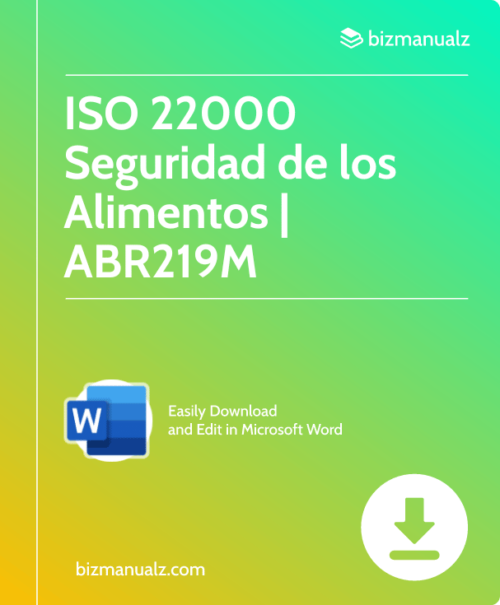
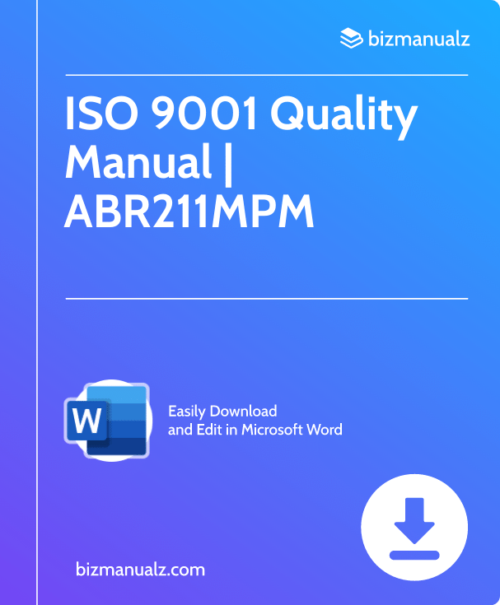
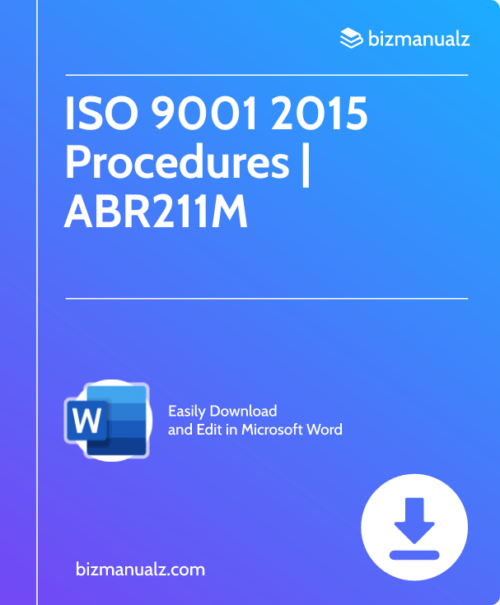
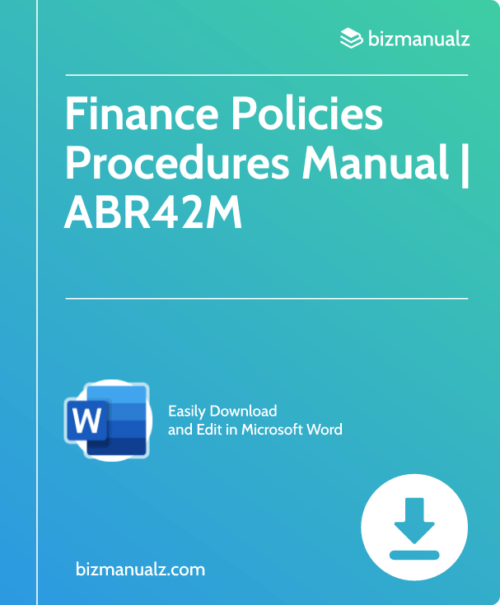
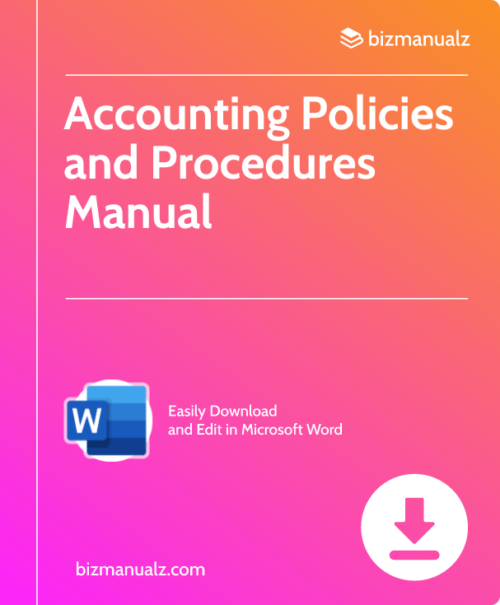
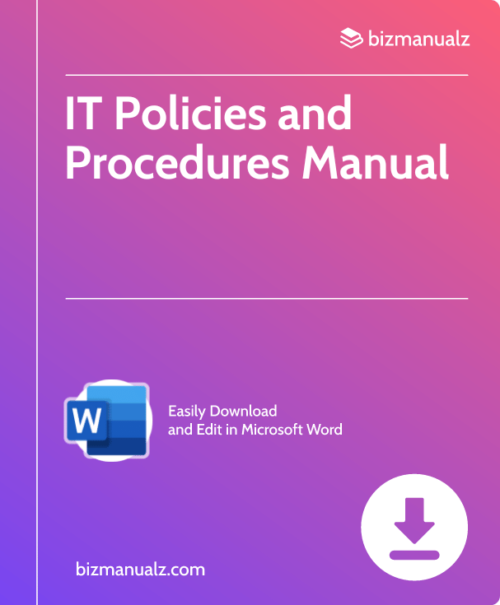
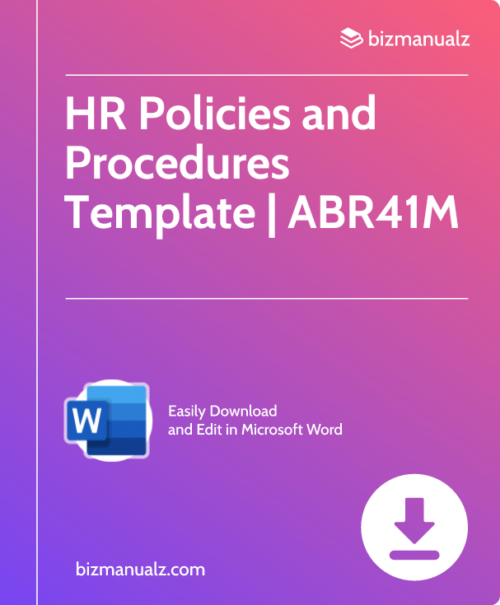
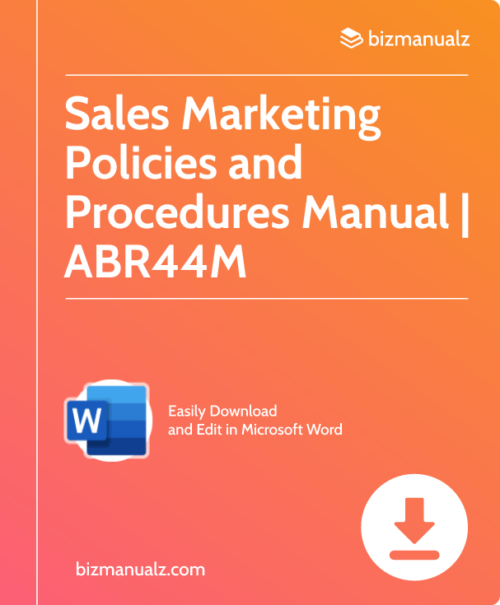
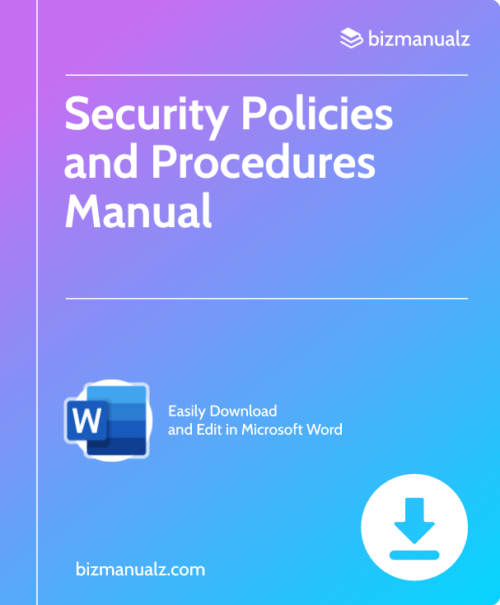
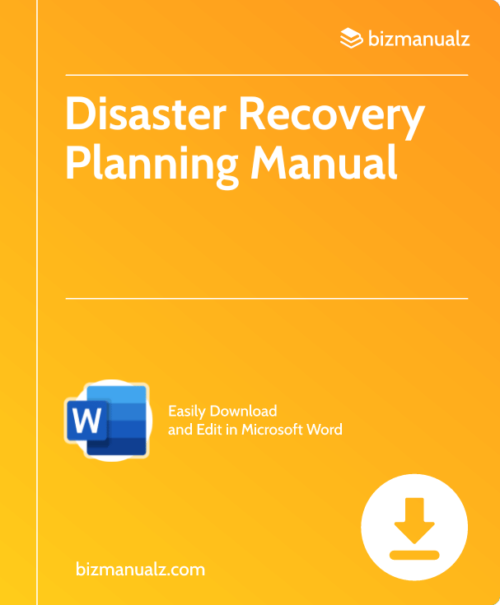

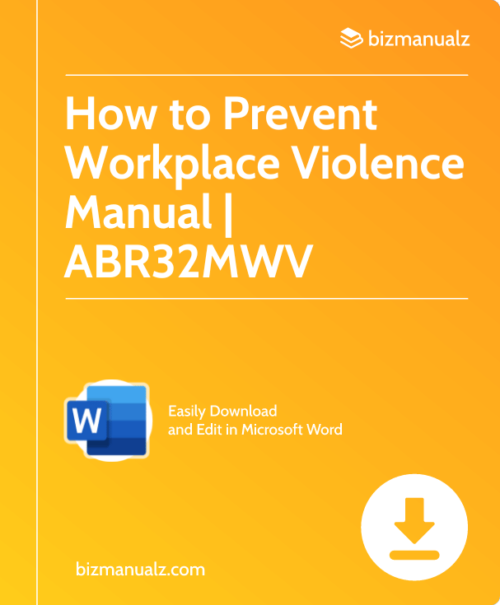
Leave a Reply